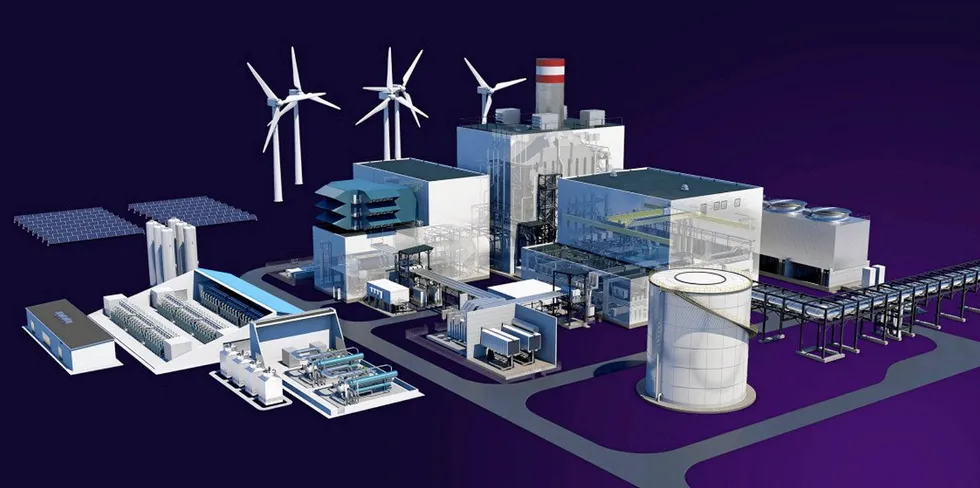Why hydrogen-fired power plants 'will play a major role in the energy transition'
Deep decarbonisation of the power system will not be possible without burning clean H2 for electricity generation, senior executives at Siemens Energy and Equinor tell Recharge
